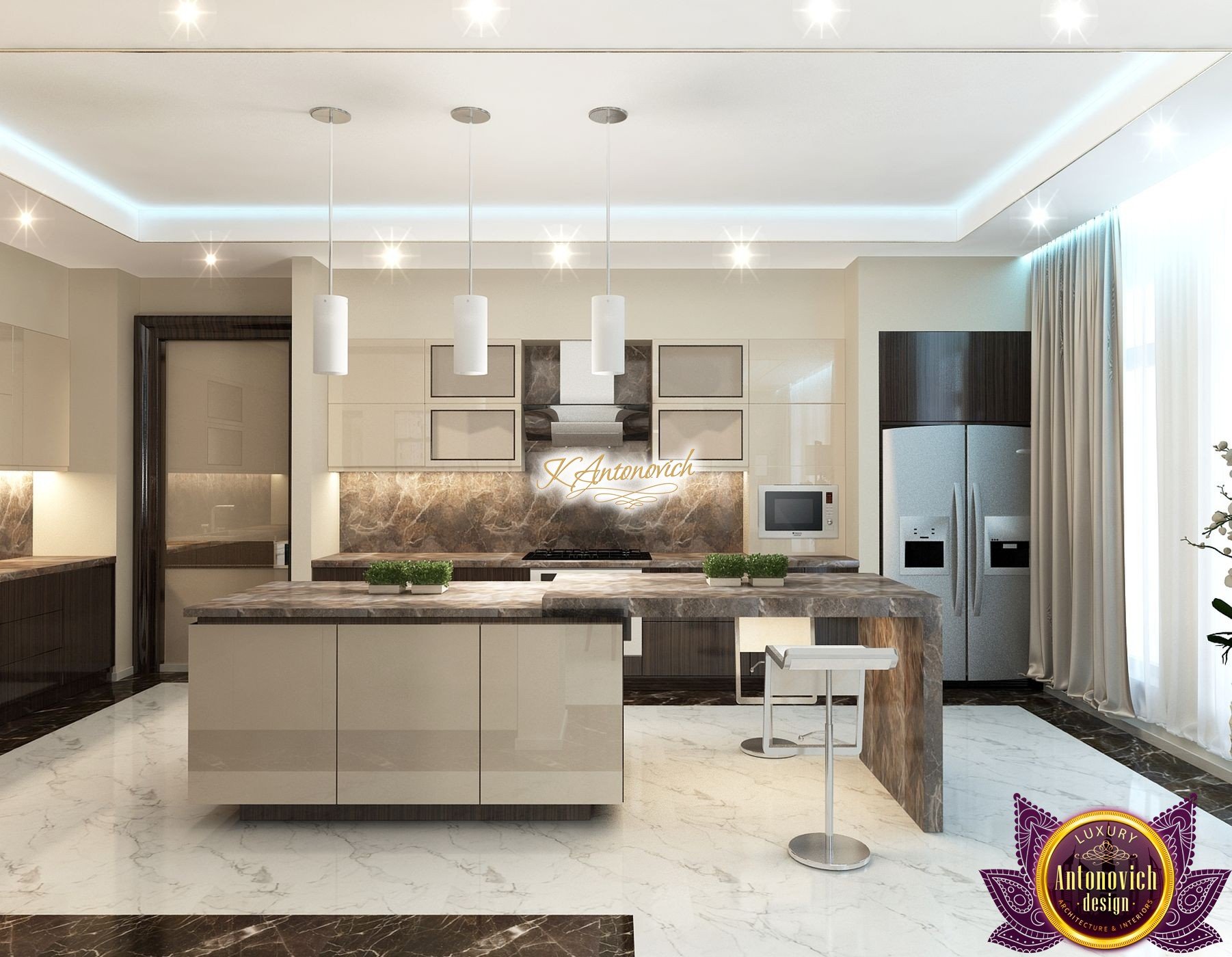Introduction
Reading is one of the most popular leisure activities in the world. Many of us have a favorite place to curl up with a good book, whether it’s a cozy armchair, a hammock in the backyard, or a quiet corner of the local coffee shop. However, sometimes finding the perfect lighting can be a challenge. Depending on the time of day and the location of the reading spot, natural light might not be enough, and turning on a bright overhead light can be distracting. That’s where plug-in reading lights come in. In this article, we’ll explore the world of plug-in reading lights to help you find the perfect solution for your reading needs.
Types of Plug-in Reading Lights
There are several types of plug-in reading lights available on the market, each with its own set of benefits and drawbacks. Here are some of the most common types:
Clip-on Lights
Clip-on lights are small, lightweight lights that attach to the pages of your book or the edge of your e-reader. They’re usually powered by batteries, so they’re portable and easy to use. Clip-on lights are a good option if you like to read in bed without disturbing your partner, or if you need a light that can be easily moved from one location to another.
Wall-mounted Lights
Wall-mounted lights are mounted on the wall above your reading spot. They’re usually powered by electricity, so they’re not as portable as clip-on lights. However, they’re a good option if you have a designated reading spot that you use regularly, and you want a light that can be adjusted to your preferred height and angle.
Floor Lamps
Floor lamps are tall lamps that stand on the floor next to your reading spot. They’re usually powered by electricity, and they provide a lot of light. Floor lamps are a good option if you have a large reading area, like a living room or a library, and you want a light that can illuminate the whole room.
Features to Consider
When choosing a plug-in reading light, there are several features to consider:
Light Intensity
The light intensity of the reading light is an important feature to consider. Some lights are bright enough to illuminate the whole room, while others are dimmer and more focused. Think about the space where you’ll be reading, and choose a light that provides the right level of brightness for your needs.
Color Temperature
Color temperature refers to the color of the light emitted by the reading light. Some lights emit a warm, yellow light, while others emit a cool, blue light. Think about the type of reading you’ll be doing, and choose a light that provides the color temperature that’s most comfortable for your eyes.
Adjustability
Adjustability refers to the ability to adjust the height, angle, and direction of the reading light. Some lights are fixed, while others are adjustable. If you like to read in different positions, or if you have a favorite reading spot that requires a specific angle or direction of light, choose a light that’s adjustable to your needs.

